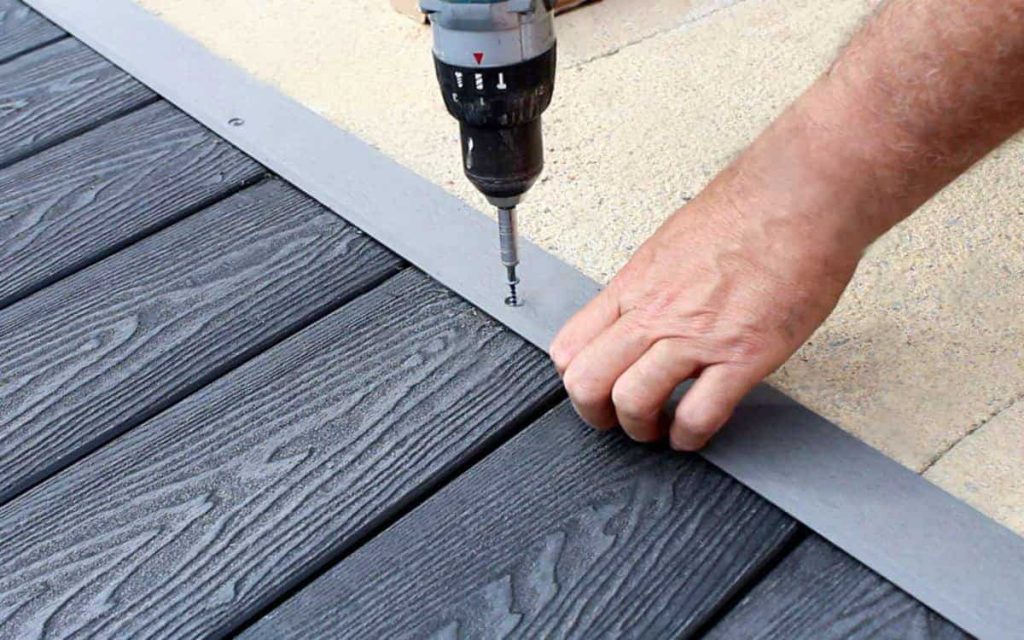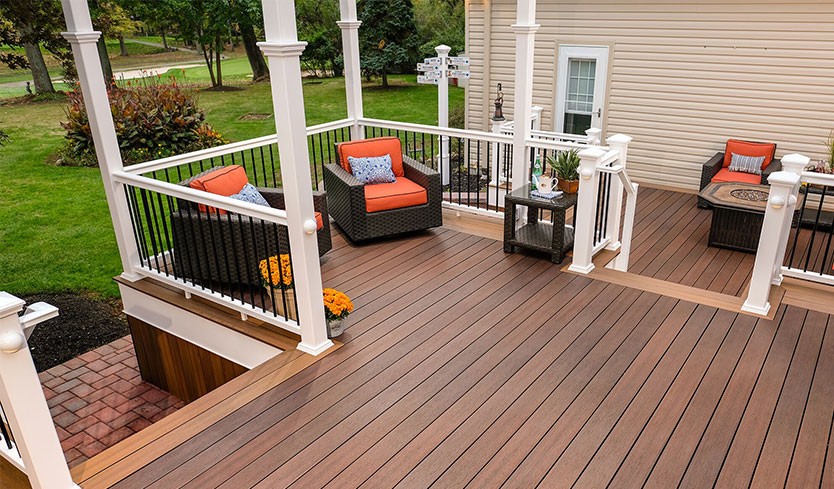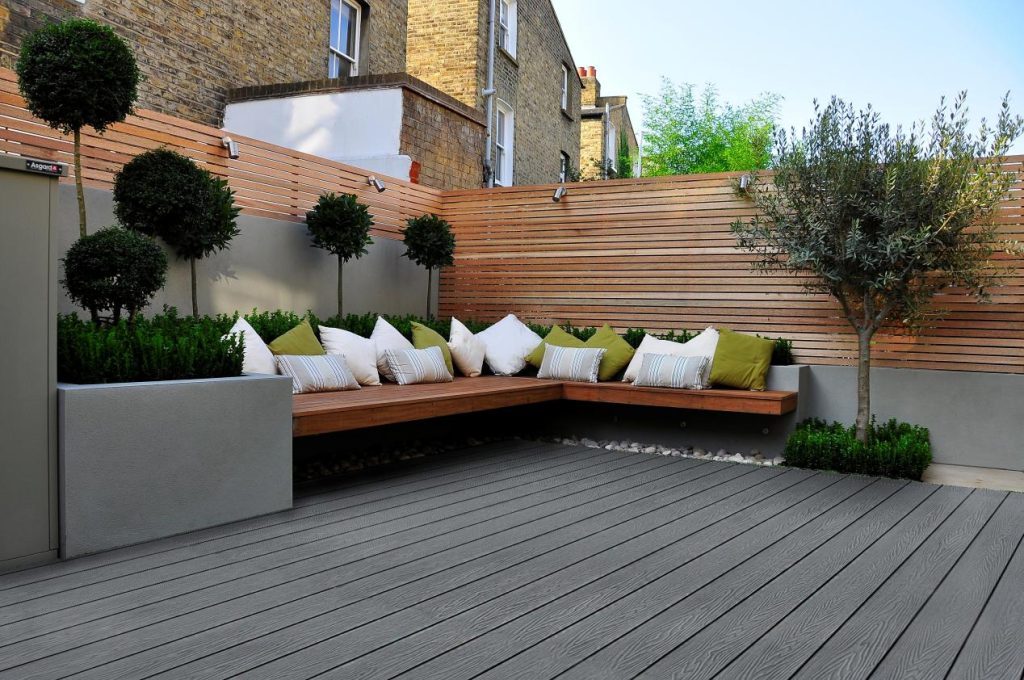Composite decking has become one of the most popular choices for homeowners looking to build a durable, low-maintenance outdoor deck. Unlike traditional wood, composite decking is made from a blend of wood fibers and plastic, making it resistant to rot, mold, and fading. Additionally, it offers a range of colors, textures, and finishes, making it an ideal option for a wide variety of outdoor spaces.
If you’re considering installing composite decking, this guide will provide you with a comprehensive, step-by-step process. From choosing the right materials to the final installation details, we’ll walk you through everything you need to know to achieve a beautifully finished deck that will stand the test of time.
Table of Contents
Preparation Before Installation
Choosing the Right Composite Decking
The first step in installing composite decking is choosing the right product. While there are numerous options on the market, it’s important to select decking that suits your needs in terms of aesthetics, durability, and cost. Here are a few key considerations:
Color and Texture: Composite decking comes in a variety of colors, from natural wood-like shades to more modern, bold hues. You should choose a color that complements the overall design of your outdoor space. The texture of the decking can also affect its appearance, with options ranging from smooth to more textured finishes that resemble real wood.
Brand and Quality: Not all composite decking is created equal. Brands like Hosung WPC – professional WPC manufacturer- offer high-quality products, while others may be more prone to fading and damage over time. Make sure to read customer reviews and check the warranty offered by the manufacturer to ensure you are purchasing a durable product.
Board Size: Composite decking comes in various board sizes, including lengths and widths. The size of the boards you choose will depend on your deck’s dimensions and design, as well as personal preferences regarding the appearance of wider or narrower boards.
Weight and Maintenance: Some composite decking materials are heavier than others, which may require additional support structures. Additionally, consider how much maintenance each material requires—some composite boards are designed to be more resistant to staining, fading, and scratching than others.
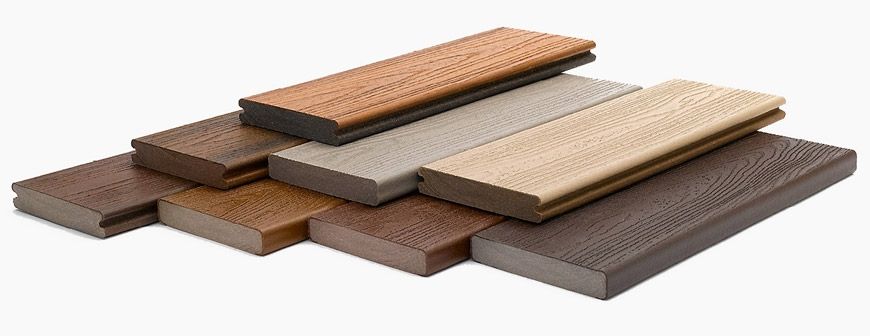
Tools and Materials Needed
Before you begin the installation process, you need to gather the necessary tools and materials. Here’s a list of the essentials:
Tools:
Circular saw or miter saw: For cutting the decking boards to size.
Screwdriver or drill: To drive screws into the deck frame.
Measuring tape: For accurate measurements of your deck area.
Level: To ensure the deck is properly aligned and level.
Saw horses: For stabilizing the decking boards during cutting.
Hammer or rubber mallet: For gently tapping boards into place.
Safety goggles and gloves: To protect yourself during the installation process.
Materials:
Composite decking boards: The main material of your deck.
Deck framing lumber: Pressure-treated wood to create the structure of your deck.
Decking screws: To secure the boards to the frame.
Hidden fasteners: For a cleaner, more seamless look (optional but recommended).
Decking clips or clips for hidden fastener systems: Used to secure the boards without visible screws.
Preparing the Site
Before you can start the installation, you need to prepare the site for the deck. This involves ensuring that the ground is level and stable. The foundation of your deck will play a major role in its longevity, so it’s important to get this step right.
Clearing the Area: Remove any debris, grass, or vegetation from the area where the deck will be installed. This will ensure that the frame has a solid base to sit on.
Setting the Foundation: The foundation of your deck should be made from pressure-treated lumber or concrete footings. This will help to prevent water from reaching the decking material and causing it to rot. The foundation should also be level to prevent any structural issues later on.
Building a Support Structure: The support structure, also known as the frame, is critical for the deck’s durability. Ensure that the framing is square and level. Spacing between joists should be set according to the manufacturer’s recommendations—typically around 16 inches apart.
Ventilation: Proper ventilation beneath your deck is essential to prevent moisture buildup. This helps to prevent mold and mildew from forming under the deck.
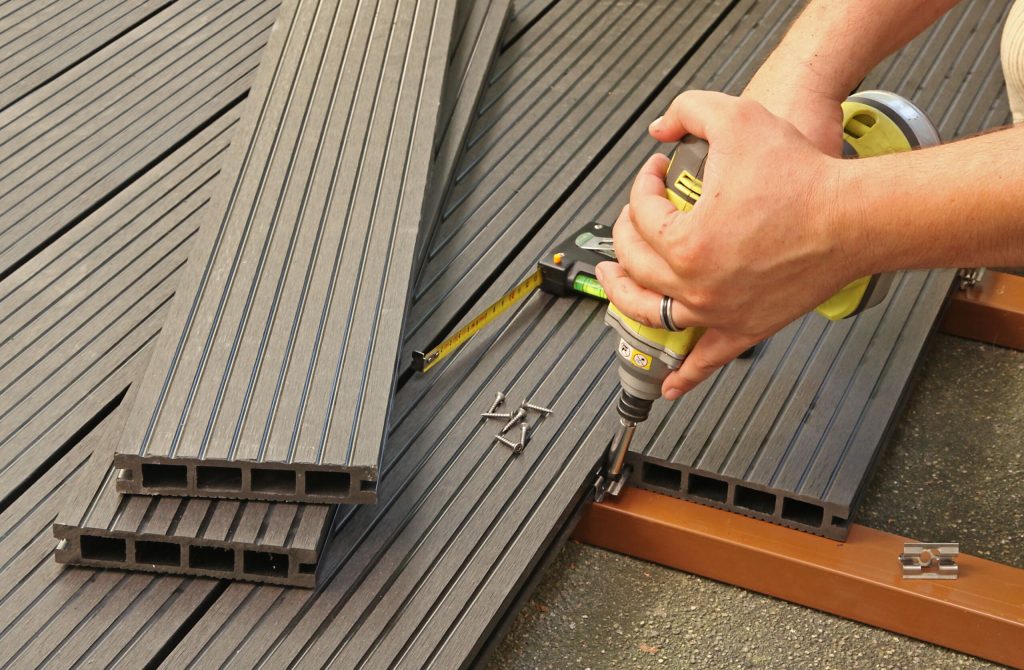
3. Step-by-Step Installation Process
Building the Framework
Building the framework is the first major step in the installation of your composite deck. The frame will provide the support for your decking boards, so it’s important to get this part right.
Placing the Posts: Start by marking where your posts will go. Use a post hole digger to create holes for the posts. Typically, posts should be placed no more than 8 feet apart. After setting the posts in the ground, make sure they are level and square.
Attaching the Joists: Once the posts are in place, attach the joists to form the skeleton of your deck. The joists should be evenly spaced, usually 16 inches apart, to ensure the decking boards have adequate support. Secure them with deck screws or metal joist hangers.
Adding Cross Bracing: If you are building a large deck or installing it in a location prone to wind, consider adding cross bracing between the joists. This will increase the stability of your deck and prevent shifting over time.
Laying the Composite Decking Boards
Now that your frame is built, it’s time to start laying the composite decking boards.
Starting with the First Board: Begin by placing the first composite decking board at one end of the frame. Leave a small gap (about 1/8 to 1/4 inch) between the board and the edge of the frame to allow for expansion. Secure the first board using screws or hidden fasteners, making sure it’s straight and level.
Lining Up the Boards: As you work your way across the deck, line up each new board with the previous one. You may need to cut the boards to fit at the end or around obstacles like stairs or columns. A circular saw or jigsaw can be used to make precise cuts.
Using Hidden Fasteners: To achieve a seamless look, use hidden fasteners to secure the boards. These clips attach to the sides of the boards and keep them in place without visible screw holes. Some composite decking brands offer their own fastener systems, which can make installation easier.
Securing the Boards: Once each board is aligned, secure it with screws or fasteners. Be sure to drill pilot holes before driving screws into the boards to prevent cracking or splintering.
Cutting and Fitting Around Obstacles
Most decks will have obstacles such as posts, stairs, or corners that require precise cutting and fitting of the decking boards.
Cutting Around Obstacles: Use a circular saw or jigsaw to make cuts around obstacles. Make sure to measure the area carefully before cutting, and leave a small gap for expansion around the posts or other features.
Fitting the Final Board: The final board in your deck may need to be cut to fit the remaining space. Measure the gap carefully, then use a saw to cut the board to the appropriate size.
Securing the Decking Boards
Once all the boards are laid and aligned, it’s time to secure them in place. Depending on your decking system, you may use screws, hidden fasteners, or a combination of both. Make sure each board is securely attached to the framework.

Conclusion
Cleaning and Maintenance Tips
After the installation is complete, it’s important to clean your deck and establish a maintenance routine to keep it in great condition.
Cleaning the Deck: Use a broom or a hose to clean the surface of the decking. You can also use a mild detergent and water for more stubborn stains.
Regular Maintenance: Composite decking is low-maintenance, but it still benefits from regular cleaning. Avoid harsh chemicals or abrasive cleaners, as these can damage the surface.
Inspecting for Damage: Periodically check for signs of wear and tear, such as loose boards or visible gaps. Tighten screws and replace any damaged boards as needed.
Inspecting for Issues
After installation, take the time to inspect your deck for any potential issues. Check for the following:
Loose Boards: Over time, boards may loosen due to shifting or settling. Tighten screws as needed.
Warping or Splitting: Although composite decking is highly resistant to damage, it can still warp or split under extreme conditions. If you notice any boards becoming uneven or cracked, replace them promptly.
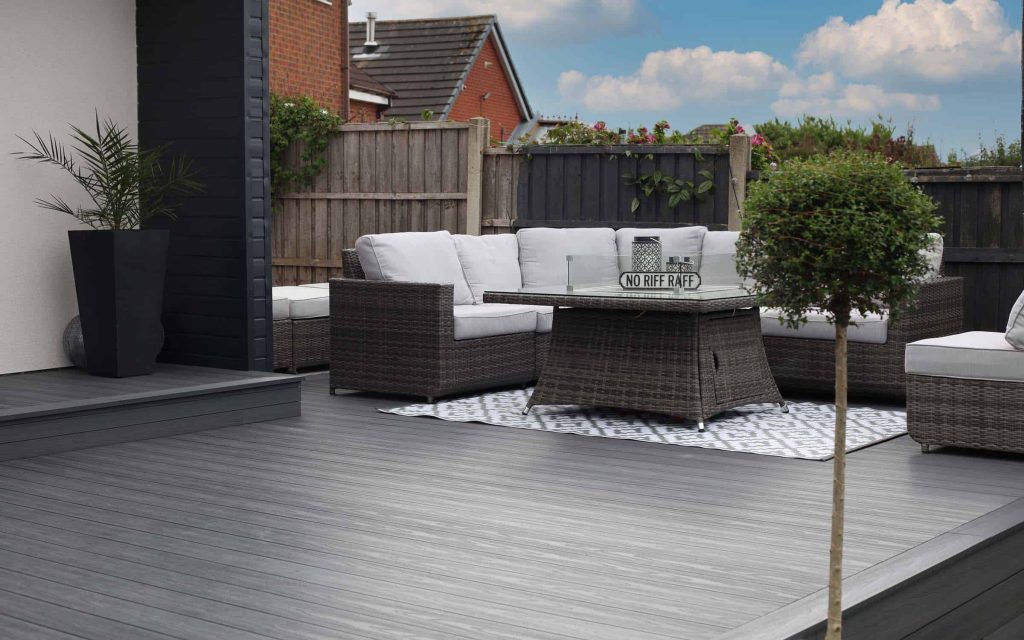
Conclusion: Is Composite Decking for Porch Worth It?
Installing composite decking is a rewarding project that can significantly enhance your outdoor space. By following the steps outlined in this guide, you can achieve a durable, attractive deck that will last for many years. Proper preparation, careful installation, and regular maintenance will ensure that your composite deck remains in excellent condition, providing you with a beautiful outdoor space to enjoy with family and friends. For installing details about the composite decking or want to buy composite decking with wholesale price, welcome to contact Hosung WPC.

